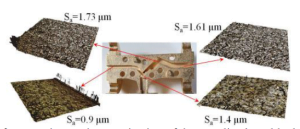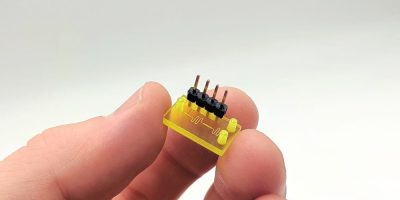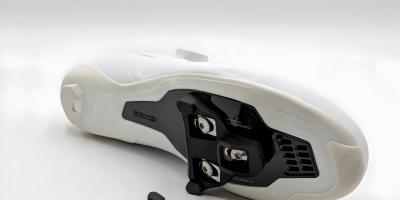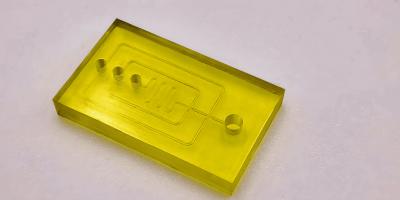IPFL’s advanced micro 3D printing technology, particularly Projection Micro Stereolithography (PµSL) from BMF, is revolutionizing the production of RF and Microwave components. By leveraging ultra-high resolution (2µm – 25µm), tight tolerances (+/- 5µm – 25µm), and exceptional surface finishes (0.4µm – 0.8µm), IPFL can create small, complex thin-walled antennas, waveguides, and other critical components with unparalleled precision and quality.

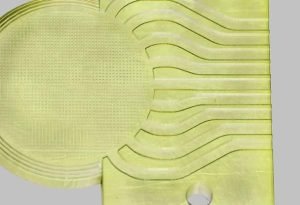
Micro 3D Printing enables the creation of intricate structures and finely-tuned components essential in RF & Microwave systems. This technology’s micron-level accuracy and intricate detailing ensure the production of high-quality, precise components that were previously unachievable with traditional manufacturing methods.
In the fast-paced world of RF & Microwave engineering, speed and adaptability are crucial. Micro 3D Printing facilitates rapid prototyping, significantly reducing the time from design to final product. This rapid turnaround, coupled with the ability to easily customize designs, ensures project-specific adaptability, fostering innovation and flexibility in development processes.
Traditional manufacturing techniques often struggle to produce the complex geometries and intricate structures needed for advanced RF and Microwave components. Micro 3D Printing overcomes these limitations, allowing engineers to realise designs that were previously deemed unfeasible. From intricate lattices to complex waveguide structures, this technology opens doors to limitless possibilities.
Micro 3D Printing offers a wide range of materials suitable for RF & Microwave applications. The versatility in material selection, from low dielectric polymer materials to ceramics, metal plating, and ESD materials, allows engineers to achieve the desired electrical, mechanical, and thermal properties essential for optimal device performance.

IPFL’s micro 3D printing can produce custom microwave components using a 2.8 Dk 3D printable low dielectric material designed for low loss characteristics through millimeter wave (mmWave) frequencies and low moisture absorption. These components are ideal for end-use applications such as:
A notable application involves the creation of a Schottky diode frequency doubler with a split-block waveguide structure. Using high-precision stereolithography (SLA), IPFL can 3D print polymer waveguide parts, which are then plated with copper and a thin protective layer of gold. This approach has demonstrated:
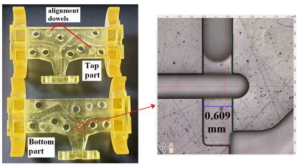
Conclusion
IPFL’s micro 3D printing technology offers unprecedented precision, rapid prototyping, complex geometries, and material diversity, making it an ideal solution for manufacturing RF and Microwave components. This capability not only enhances the performance and reliability of RF and Microwave systems but also accelerates innovation and customisation in these cutting-edge fields.
